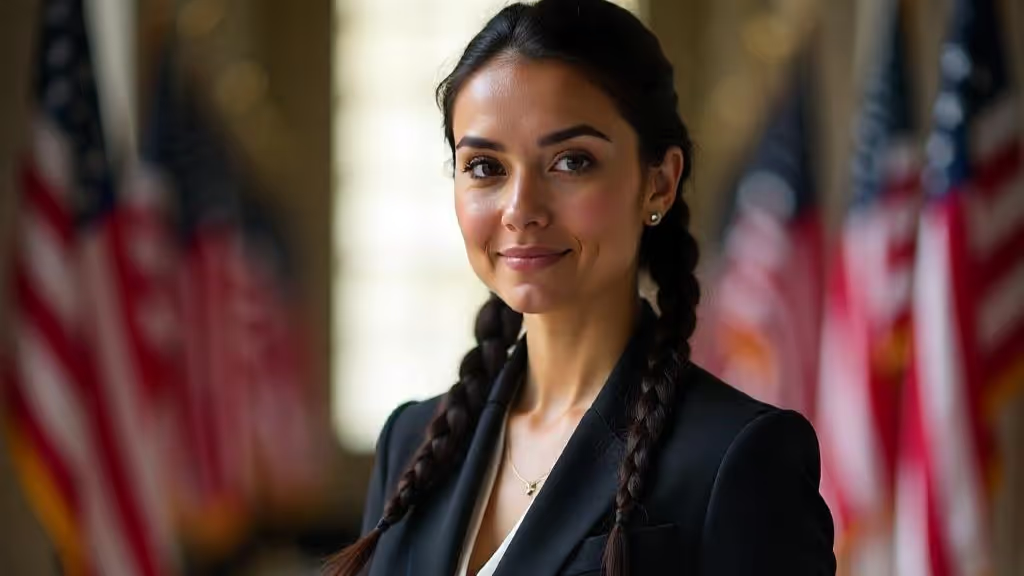.png)
.png)
Confused between O-1A vs O-1B visa? Learn what is O-1A visa, what is O-1B visa, O-1A visa criteria, approval rates, and how long is O-1 visa valid. Also answers is O-1 visa dual intent and can O-1 visa apply for green card

Uncertain Whether You Qualify for the O-1A or O-1B Visa? You're Not Alone.
If you’re exceptional in your field—maybe you've founded a startup, exhibited your art globally, or won major awards—you might qualify for an O-1 visa. But the common dilemma most achievers face is: O-1A vs O-1B visa, which one should I go for?
This blog will help you figure it out step-by-step, breaking down both types clearly, so you can confidently choose your visa path and avoid costly missteps.

The O-1 visa is a U.S. work visa designed for people with "extraordinary ability." This ability should be well-recognized, with clear documentation like awards, media features, or a strong record of impact.
There are two subtypes:
According to USCIS, your accomplishments must place you among the top of your field. The best part? There’s no cap on how many O-1 visas per year can be approved. If you’re eligible, there’s no waiting list—just preparation and approval.
So, what is O-1A visa really about? This path suits professionals who’ve left a significant mark in business, STEM, academics, or sports.
Examples of qualified profiles:
To qualify, you’ll need to satisfy at least three of the O-1A visa criteria, such as:
Each achievement must be documented and clearly linked to your excellence. USCIS provides a list of acceptable criteria, and at Beyond Border, we help you align your career milestones with their expectations.
If you’re wondering what is O-1B visa, here’s the deal—it’s tailored for people making waves in the creative world. This includes fine artists, fashion designers, filmmakers, musicians, choreographers, and actors.
You may qualify if you’ve:
The O-1B visa centers around creativity and artistic acclaim. The supporting evidence looks different than O-1A—more visual, press-driven, and audience-based.
If your career lives in the world of imagination, performance, or visual storytelling, then O-1B is your route.
O-1A vs O-1B: How Do You Choose?
Let’s break down the core differences between the O-1A visa and the O-1B visa to help you figure out which one truly matches your profile.
If your work is grounded in STEM, business, sports, or education, the O-1A visa is your best bet. Think of roles like CEOs, researchers, data scientists, startup founders, professors, or elite athletes. The types of awards that strengthen an O-1A case might include things like Nobel Prizes, startup accelerators or venture capital recognition, and international research fellowships. The evidence you’ll need is usually data-backed and analytical—publications, patents, leadership roles, and proof of high compensation or elite memberships.
On the flip side, if your achievements lie in the world of arts, music, film, fashion, or design, the O-1B visa is the way to go. This path is for creative professionals like film directors, actors, visual artists, musicians, or choreographers. Your evidence will be more media-driven, performance-based, and visual—think of press features, lead roles, international awards like Grammys or Emmys, gallery exhibits, or box office numbers.
Here’s a quick example:
Priya, a data scientist with ten patents and features in scientific journals, is a strong candidate for the O-1A visa.
Raj, an actor with lead roles in hit Netflix series and features in Rolling Stone, would definitely go for the O-1B visa.
Still unsure about your category? Beyond Border specializes in helping individuals evaluate and apply with the right strategy from Day 1.
Let’s talk numbers: the O-1A visa approval rate often exceeds 90%, and O-1B visa approvals are also high—if you present clear, credible evidence.
But here’s what can go wrong:
Strong cases win. At Beyond Border, we walk clients through each criterion to maximize success. No guesswork—just smart prep.
One of the best parts? The O-1 is generous.
How long is O-1 visa valid? Up to three years initially, and it can be extended indefinitely in 1–3 year chunks as long as you’re actively working.
And yes, is O-1 visa dual intent? It is. You’re allowed to pursue permanent residency without losing your O-1 status.
So, can O-1 visa apply for green card? Definitely. The most common path is the EB-1A green card for extraordinary ability or EB-2 NIW. You can often reuse the same evidence from your O-1 case.
USCIS acknowledges this route, and our team has helped many clients transition smoothly from O-1 to green card.
Choosing between O-1A vs O-1B visa is more than a technical detail. It shapes your entire petition, from evidence to outcome. Make sure you’re aligning your career with the right visa type.
If you’ve built something great or created something impactful, the U.S. has a place for you—and we’ll help you get there.
Book your free consultation with Beyond Border and let us help you figure out the right strategy, the best evidence, and the smoothest path to approval.